Rambutan in Tan Phong is not simply an agricultural product, it is also the crystallization of fertile alluvial soil, of the sunny and rainy seasons and a lifetime of people attached to the garden. From the traditional Java variety to the Thai variety, rambutan fruit continues to “tell the story” about the people, the land and the perseverance of the residents of the river region.
SWEET FROM THE EARTH, FRAGRANT FROM HUMAN LIFE
Next to the small canal, the 5 hectares of rambutan garden of Ms. Nguyen Thi Tau, residing in Tan Buong B hamlet, Hiep Duc commune) is like a true garden picture. Having been attached to Java rambutan since 1990, Ms. Tau shared: "The rambutan tree will bear fruit after about 3 years of planting, but it must be 4-5 years old for the tree to be strong enough to produce stable yield."
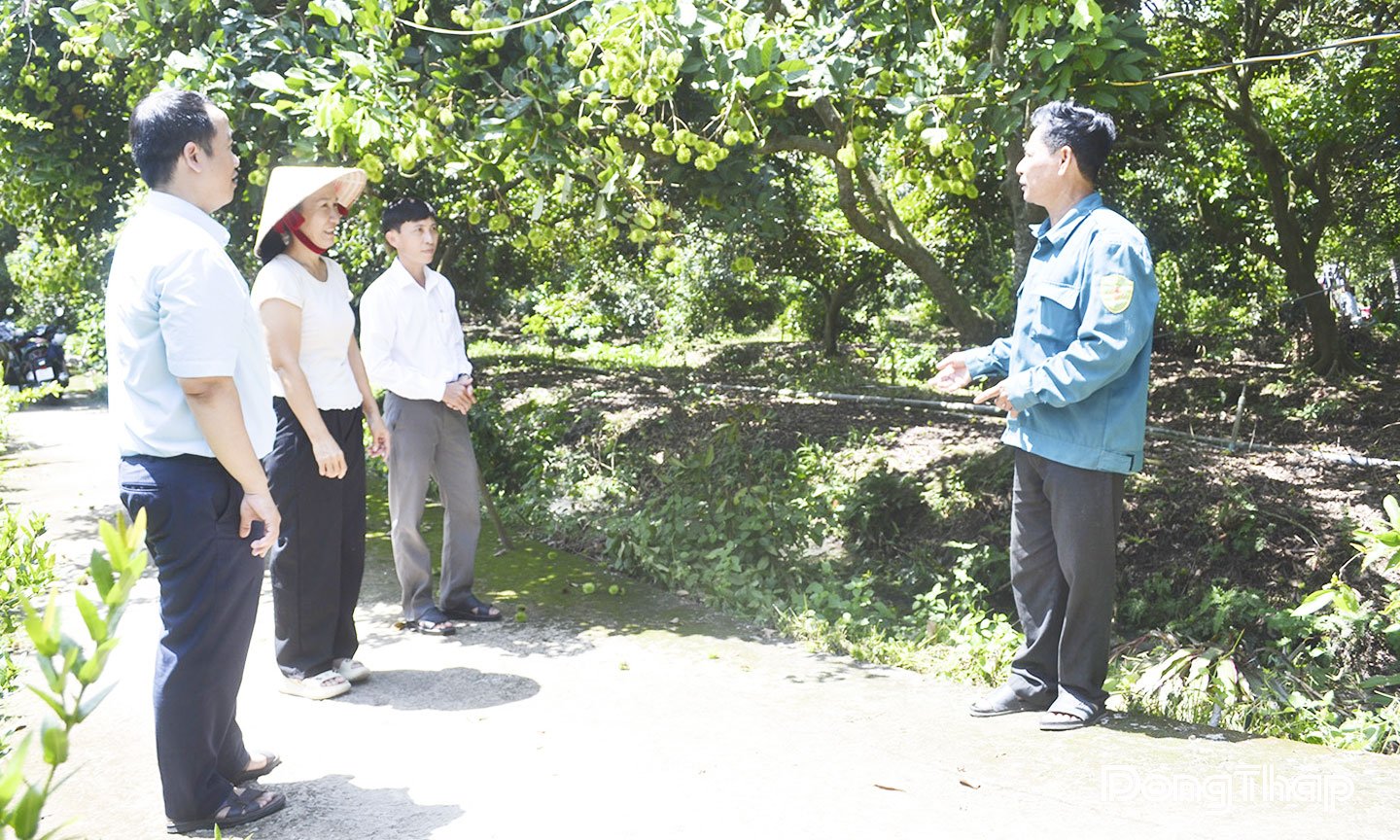 |
| Thai rambutan is popular in the market and has good economic efficiency. |
With over 30 years of experience, Ms. Tau understands every characteristic of the rambutan tree, from the stage of processing off-season flowering to avoid mass harvest in the 5th lunar month, to the care techniques for each growth stage. Thanks to that, her family's rambutan garden always produces large, sweet fruits with thick, crispy flesh, no seeds, a unique feature that Tan Phong rambutan is always proud of.
Ms. Tau is not only the keeper of the land, but also the “soul” of the Java rambutan variety. “There were years when the price was only 4,000 - 5,000 VND/kg, but I still did not destroy the rambutan garden. Because this variety of tree is suitable for the island soil, the fruit is much more delicious than other places,” Ms. Tau confided.
Recently, to improve her economy, Ms. Tau has been intercropping Thai jackfruit in old rambutan trees, but she is still loyal to the Java variety and considers it the soul of her homeland. She is even happier when the price of rambutan has stabilized in recent years.
“In 2024, the price of rambutan was up to more than 20,000 VND/kg. Currently, the price is about 12,000 VND/kg. At this price, our people can live with rambutan trees,” Ms. Tau happily shared. Although the trees are old and the yield has decreased to 3-5 tons/crop compared to more than 10 tons before, Ms. Tau still hopes that the 2025 crop will be harvested at a high price because it falls at the end of the season and there is less competition with other fruits.
| Rambutan, whether the traditional Java variety or the new Thai variety, continues to be the “sweet fruit” that feeds the people of Tan Phong Islet. Through the diligent hands of farmers like Ms. Tau, Ms. Huyen…, rambutan trees not only preserve the local agricultural identity, but also contribute to affirming the position of a peaceful, fertile land on the fruit map of Vietnam. |
While the Java variety has been around for a long time, in recent years, the Thai rambutan variety has begun to win the hearts of many gardeners because of its beautiful fruit quality, high price and popularity in the market. One of the pioneers is Ms. Ngo Thi Thanh Huyen (Tan An hamlet, Hiep Duc commune).
Previously, her family also grew Java rambutan. When the tree got old, she tried switching to durian but it didn’t work. After that, she decided to grow rambutan again, but this time she chose the Thai variety.
After more than 10 years of growing this variety, she has found that the tree grows well and is suitable for the soil conditions of Tan Phong Islet. “Thai rambutan is easy to grow, but during the flowering and fruiting stages, it requires more care than Java. You have to know how to fertilize at the right time and prevent fungal diseases in time, otherwise the fruit will easily fall off and crack,” Ms. Huyen shared.
Although the technical requirements are higher, in return, the selling price of Thai rambutan is much better. For example, in 2024, there was a time when the price reached 50,000 VND/kg in the 6th lunar month. This year, the weather is favorable, her garden is expected to harvest about 7 tons of fruit in 1 month; the current price is about 22,000 VND/kg, bringing good profits to rambutan farmers.
To achieve productivity and quality, Ms. Huyen emphasizes proper pruning to avoid exhausting the tree, as well as dividing the amount of fertilizer during the fruit-growing stage to limit cracking or fruit drop. It is because of this meticulousness that her rambutan garden is always lush and the fruit quality is stable. Ms. Huyen's rambutan garden is currently considered one of the gardens that produce even, beautiful and high-quality fruit in the island area.
According to Mr. Doan Van Tam, Head of Tan An Hamlet, the rambutan tree has been present in this land for decades, and used to be the main tree of the island. Through many generations, the rambutan tree has supported the people from rebuilding their houses to sending their children to school...
Previously, rambutan trees were planted a lot by the islanders, from the 90s of the last century, and then in the following years when longan trees, durian trees... were planted more and more, the area of rambutan trees was narrowed.
“Nowadays, thanks to experience and modern farming techniques, many households have processed the plants to bloom as desired, not depending on the lunar May season as before. Thanks to that, they can sell at higher prices, avoiding the situation of price drops due to overstocking,” said Mr. Tam.
TAN PHONG BRIDGE PAVES THE WAY FOR SWEET FRUITS TO REACH FAR
According to Tran Van Trung, Vice Chairman of Hiep Duc Commune People's Committee, Tan Phong Islet is located on Tien River, adjacent to Cai Be floating market, attracting a large number of domestic and foreign tourists . This is a great advantage for developing agriculture associated with eco-tourism.
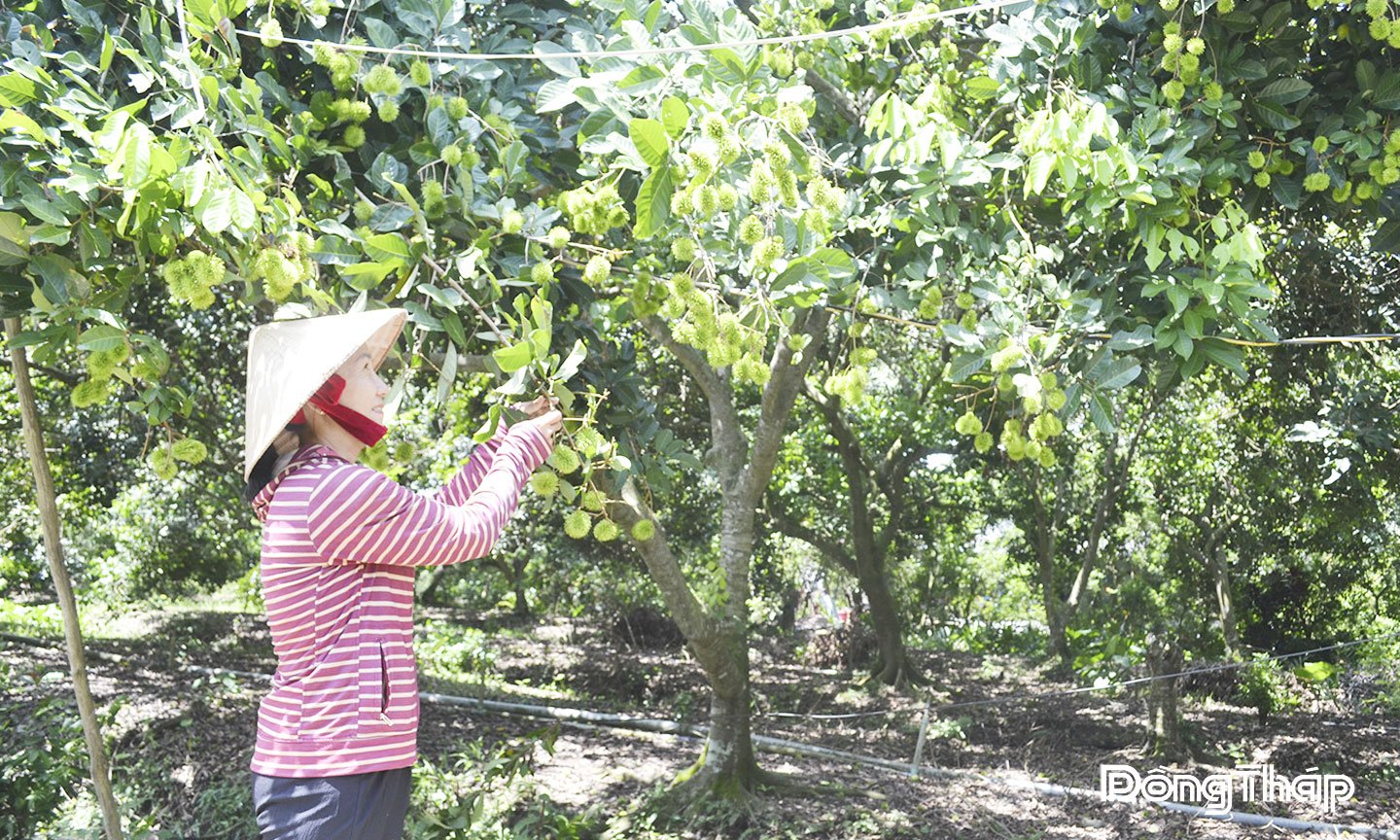 |
| Thai rambutan garden of Ms. Ngo Thi Thanh Huyen's family. |
The total area of Hiep Duc commune is 4,597 hectares; Tan Phong Islet alone accounts for 2,379.46 hectares, of which rambutan area accounts for 17.8 hectares with about 63 households growing. Currently, the price of Java rambutan ranges from 8,000 - 10,000 VND/kg, Thai rambutan from 15,000 - 20,000 VND/kg, helping farmers have a stable income.
“The opening of Tan Phong bridge is a major turning point, not only helping people transport agricultural products conveniently, but also creating momentum for tourism development, as well as increasing jobs, increasing income, and improving the quality of life for people here,” said comrade Tran Van Trung.
Currently, the island has about 100 workers working in the tourism sector, each tourist attraction has 3-6 official workers. This bridge not only helps rambutan, but also many other types of fruit "cross the river to the city", reaching a larger market.
From the orchards soaked in alluvium to the hard-working yet resilient farmers, Tan Phong rambutan is “telling the story” of a land that is constantly growing. That story is a combination of tradition and innovation, of hard work and modern business thinking.
Over time, some trees have disappeared, some fruits have fallen in price and have been abandoned, but Tan Phong rambutan has persisted, not only because it is suitable for the land and people, but because each rambutan is a part of memory, of belief in a prosperous future.
“Growing rambutan does not make you rich right away, but if you stick with it, you will survive. Each fruit season is a season of hope, each garden is a life story,” Ms. Nguyen Thi Tau concluded. In the middle of the river region, when the wind plays through the clusters of bright red fruit, Tan Phong rambutan not only cools the hearts of those who enjoy it, but also continues to carry the mission: Preserving the soul of the land, preserving the alluvial gold and bringing the local brand far and wide.
FRIENDLY
Source: https://baoapbac.vn/kinh-te/202508/chom-chom-tan-phong-trai-ngot-giu-hon-vung-dat-cu-lao-1047775/


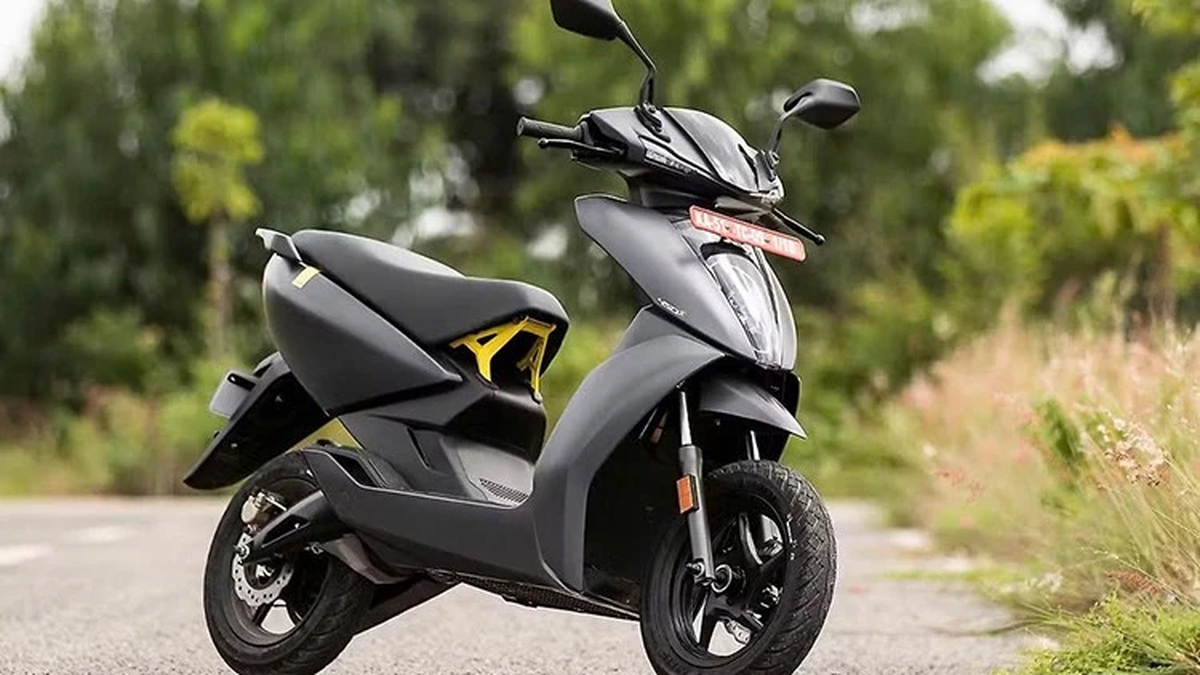

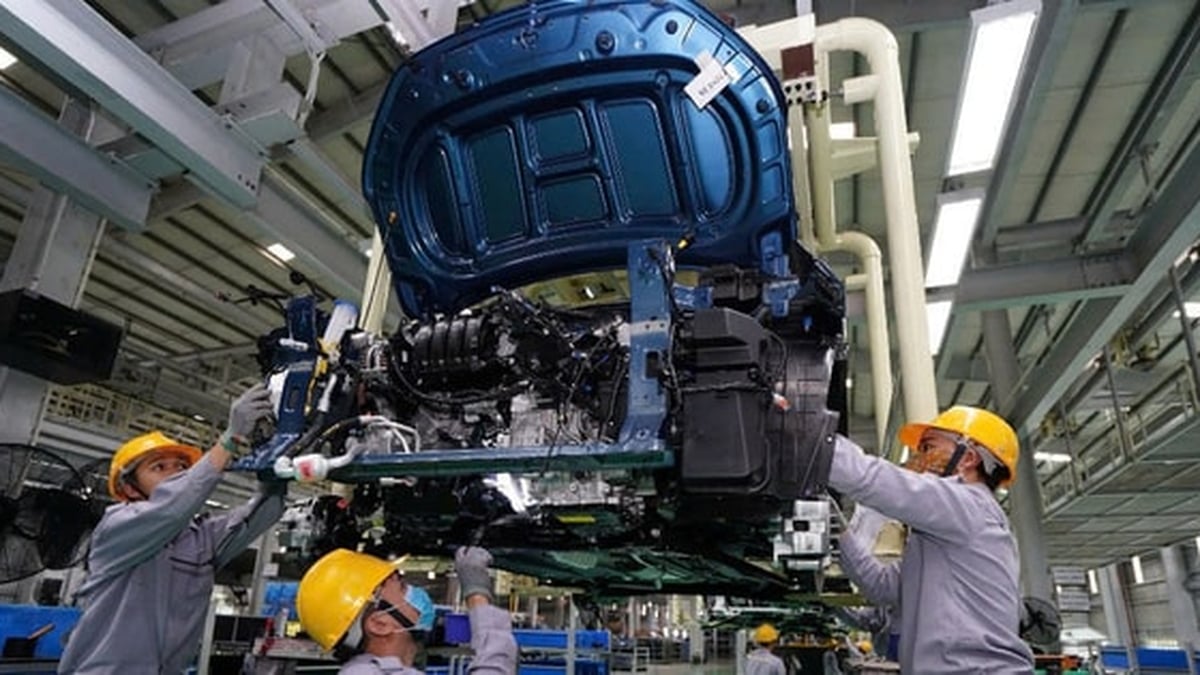
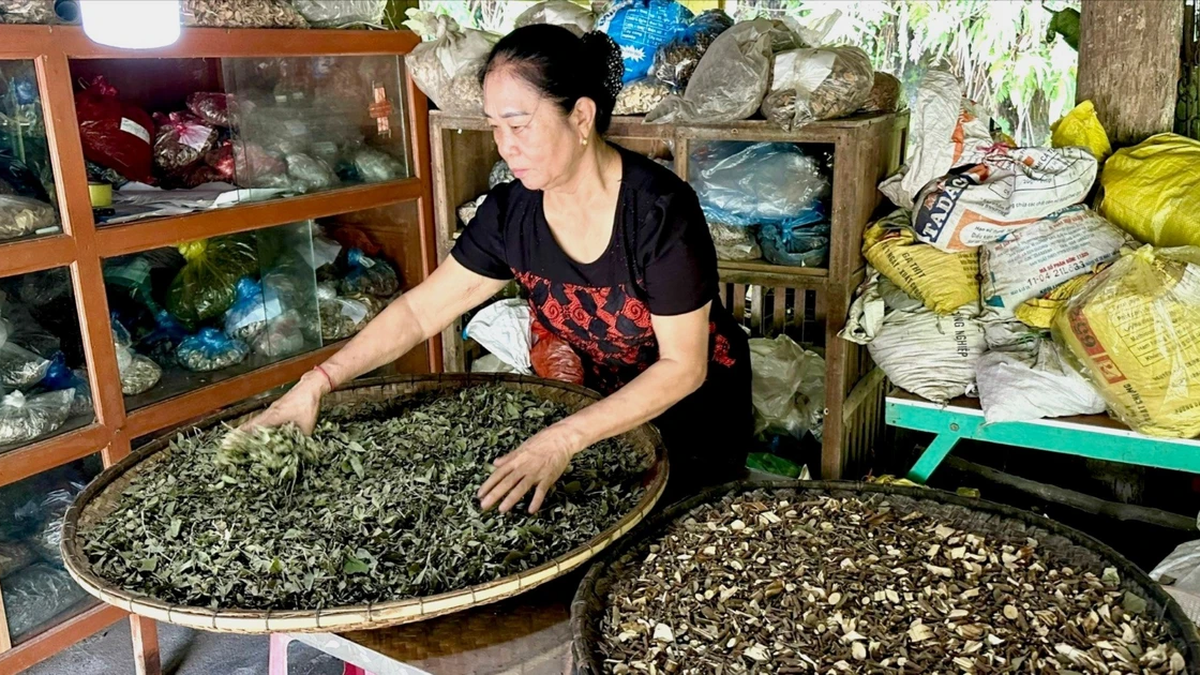


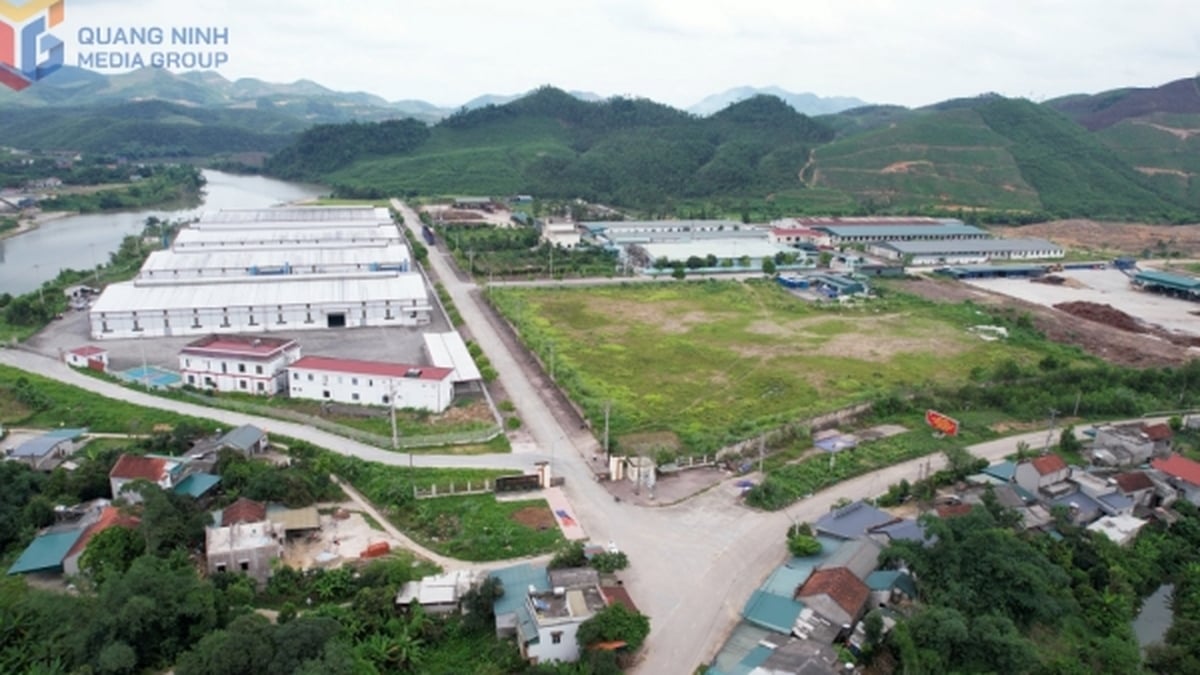




























































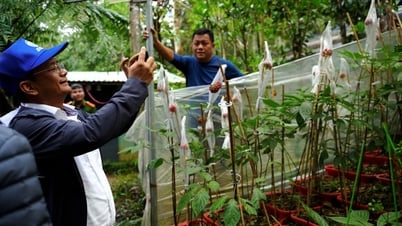




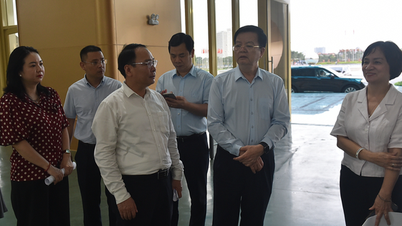


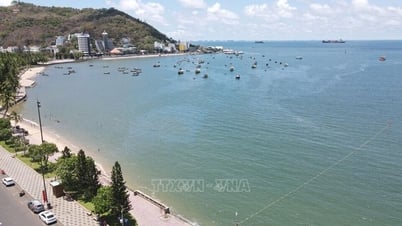






















Comment (0)